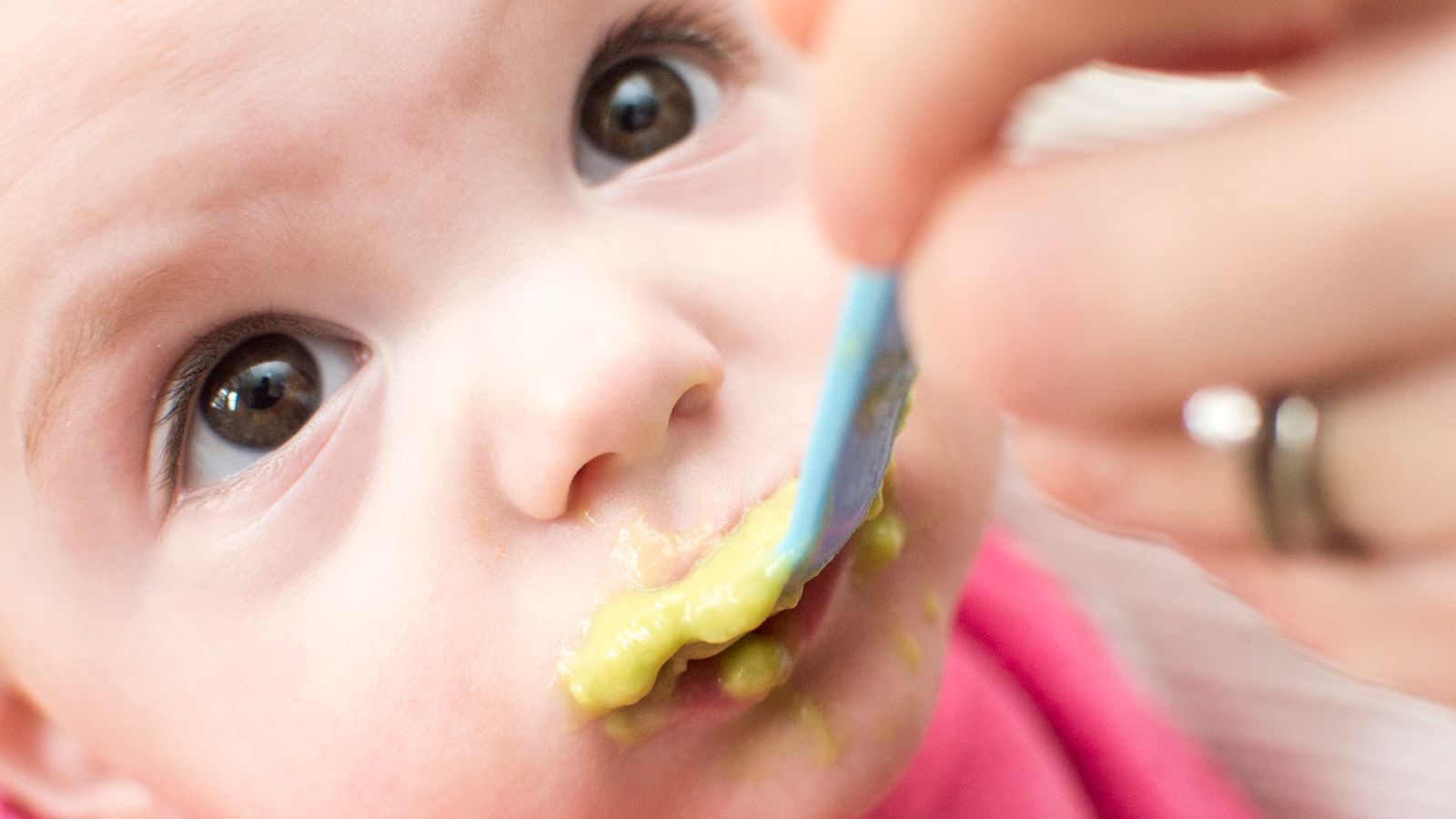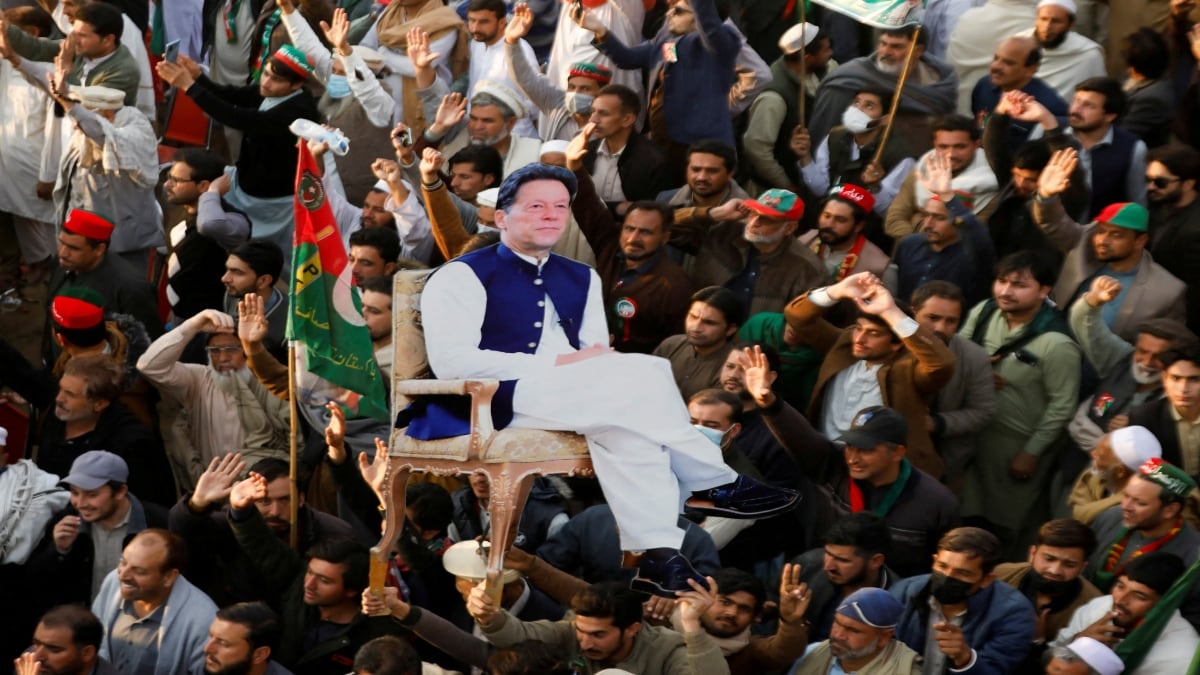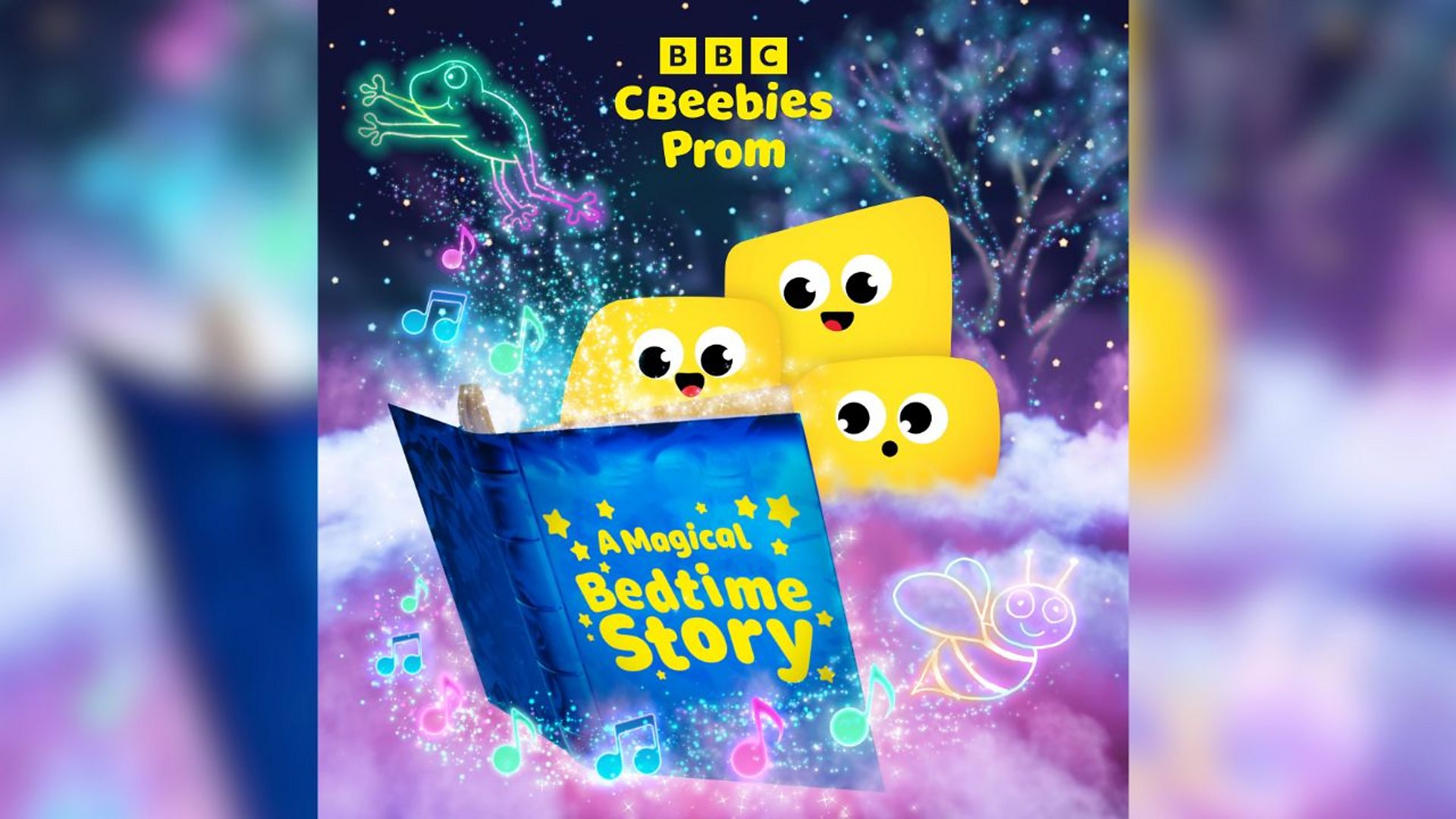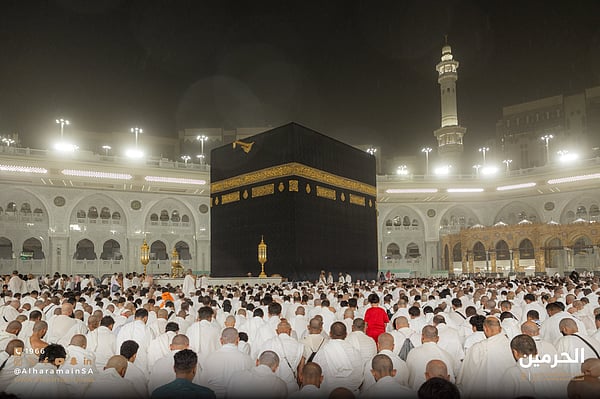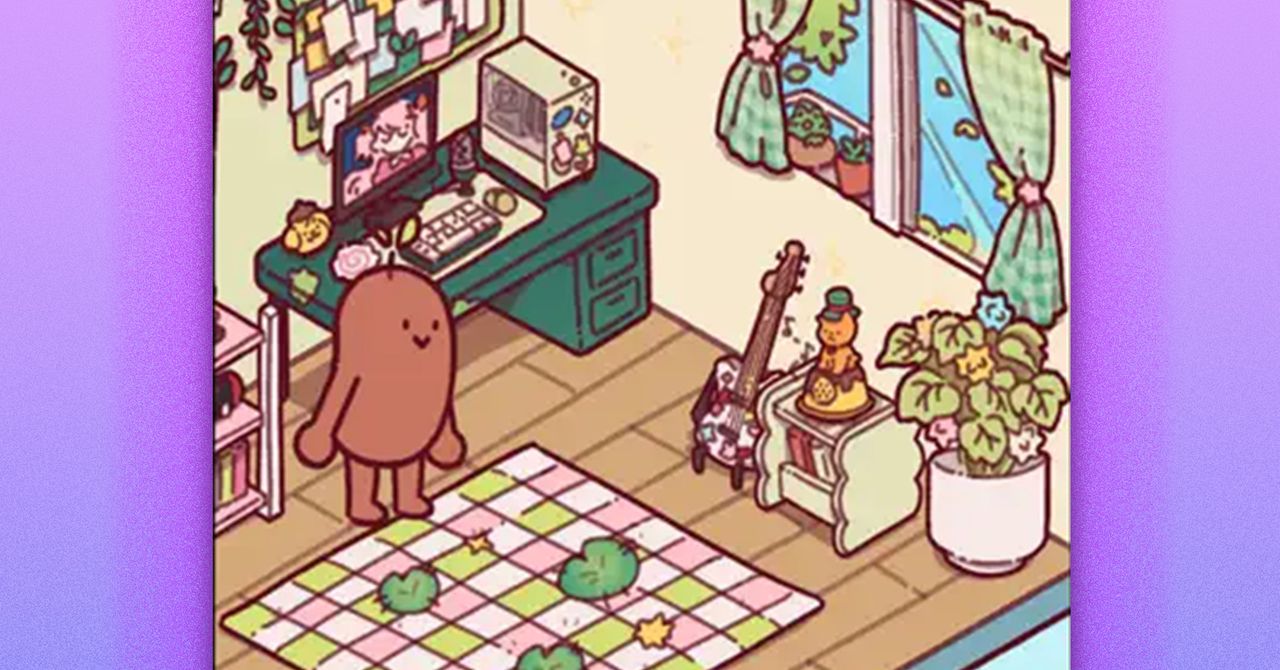Companies that manufacture baby food have been given 18 months by the government to cut sugar and salt levels in their products.
It comes amid concerns that unhealthy diets may be negatively affecting the development of infants.
The Department of Health and Social Care said new guidelines aimed at clarifying baby food labelling will help parents make more informed decisions about what they feed their children.
Manufacturers will be challenged to lower salt and sugar levels in their products, without relying on sweeteners, which are not allowed in commercial baby food.
Under the new guidelines, baby desserts and breakfast items like rice pudding, custard, and ready-to-eat fruity porridge should have under 10g of total sugar per 100g. Baby meals should contain no more than 60mg of salt per 100 calories, or up to 100mg if the recipe includes cheese.
The guidelines will also address misleading labels that frequently contradict official infant feeding recommendations.
For instance, certain products marketed as snacks for babies aged seven months and older directly go against government guidance, which advises that children between six and 12 months should only have milk between meals and do not require snacks.
Manufacturers will also be instructed to eliminate misleading marketing claims that make products seem healthier than they actually are – for example, labels such as “contains no nasties” on items that are high in sugar.
The plan comes as figures from the National Diet and Nutrition Survey, published in June, show more than two-thirds of children aged 18 months to three years are eating too much sugar, while more than a fifth of children aged four to five years are overweight or living with obesity in England.
Obesity rates have doubled
High sugar intake in children’s diets is a significant factor contributing to high rates of childhood obesity in the UK, which is among the highest in western Europe.
Since the 1990s, obesity rates have doubled, including in children.
Obesity costs the NHS £11.4bn a year and is one of the main causes of diabetes, heart disease, and cancer.
Read more from Sky News:
Families’ anger 10 years since airshow disaster
YouTuber set to be one of football’s most powerful men
Public health minister Ashley Dalton said: “Too often, parents are bombarded with confusing labels, disguising unhealthy foods packed with hidden sugars and salt.
“Our plan for change will tackle this, giving parents the information they need and providing children with good nutritious food.”
The 10-year plan will include banning junk food near schools and working with influencers to get children exercising, she said.
Katharine Jenner, director of the Obesity Health Alliance, said: “These new guidelines put the industry on notice: this practice must end.
“Making it easier for parents to buy healthier products is a baby step in the right direction – but what’s really needed is a giant leap.”
She added that “it should not even be possible to sell baby food that goes against official feeding guidance”, and said three in four people support a ban on high-sugar baby foods.
